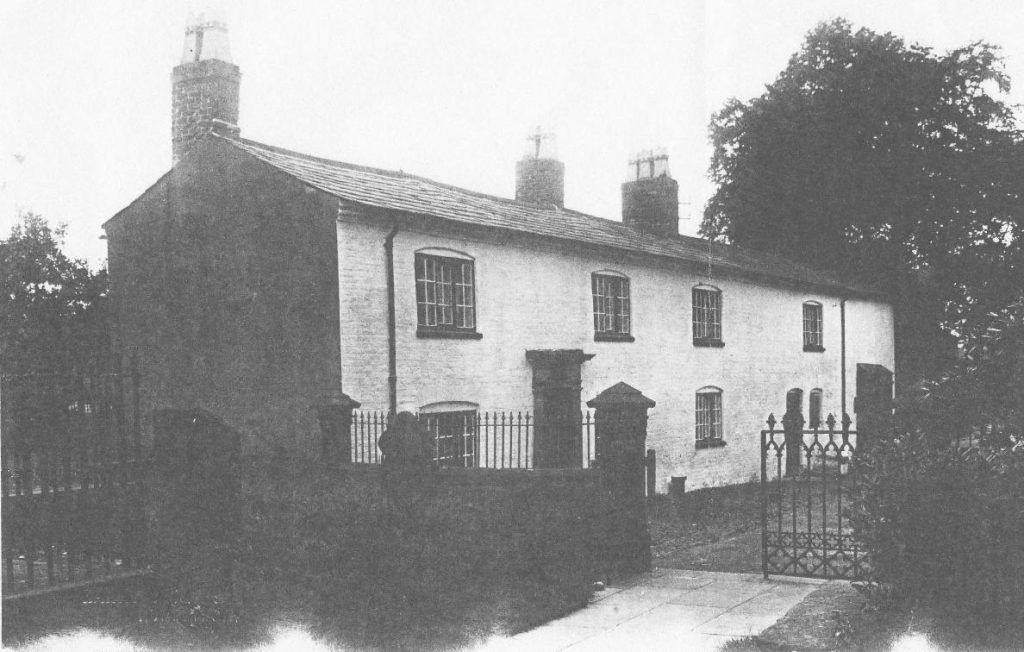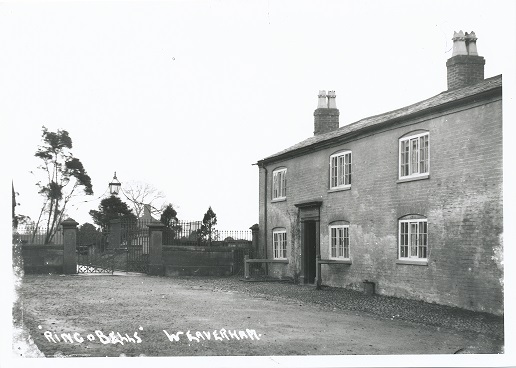The period of history in which we are living will be remembered for many reasons but one event is likely to be prominent; the COVID-19 Pandemic of 2020. Words and phrases such as “Lockdown”, “Stay Safe” and “Clap for the NHS” have become familiar to all and also the temporary closure of many businesses during this time, including the public houses. An opportunity presents to reflect on an important aspect down the ages of Weaverham village life, namely the history of one of its surviving hostelries, the Ring O’Bells thought, according to the Society’s records, to be the oldest in the village.
Its name derives from its location, next to the Church of St Mary the Virgin, so needs both spiritual and physical could be catered for, maybe as much in demand today given the current crisis. The inn included stabling for those who had travelled from further afield. The first known legal conveyance on the property is recorded on 12 April 1711.
The fore-runners of Greenall Whitley acquired the property in July 1802 and in 1839 the licensee is recorded as James Wing who married the previous licensee, Maria Corker. He was also the licensee until 1860 of the Hanging Gate. However, the 1851 census indicates the licence of the Ring O’Bells had by then passed to a Thomas Pollard.

Over time the inn has been known or referred to severally as Church Gate, Church Style and Church Hill. As the 19th Century drew to a close its stables doubled as a mortuary for accidental deaths with victim post-mortems carried out by Dr. Smith or Dr. Shaw.
The state of repair of the building steadily declined, and although it ceased to function as an inn, it continued to be used for Sunday School classes until, according to a report in the Northwich Guardian of 11 November 1955, it was ordered to be demolished.

In 1924 its licence had been transferred to the new and still existing Ring O’Bells which opened its doors in 1926 for the first time, and hopefully will do so again soon.

